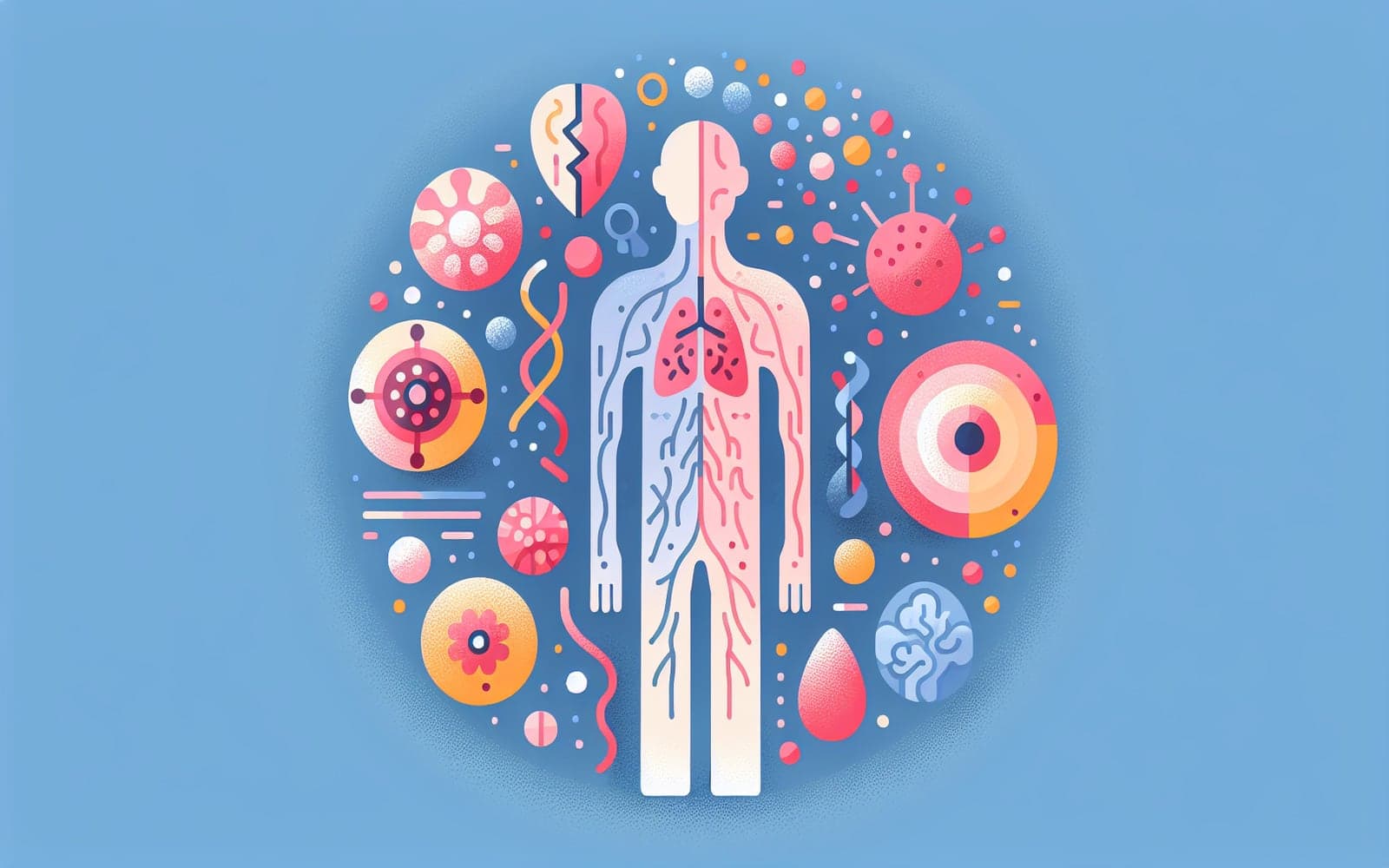Recognizing the Signs: Key Symptoms of Systemic Sclerosis
Published: Sep 27, 2024

Medically reviewed by Jerome Albert Ecker | MD, Assistant Professor of Medicine, Duke University - Durham, NC on September 27th, 2024.
Systemic sclerosis, or scleroderma, can be tricky to spot early on. Knowing the signs can lead to faster diagnosis and better outcomes. Let's explore the key symptoms to watch for.
Contents
Skin Changes: The Telltale Sign
The most noticeable symptom of systemic sclerosis is skin thickening. It often starts with puffy or swollen fingers, then progresses to hardening and tightening of the skin. This can affect the hands, face, and other parts of the body, sometimes limiting movement.
Raynaud's Phenomenon: Cold Fingers and Toes
Almost all people with systemic sclerosis experience Raynaud's phenomenon. This causes fingers and toes to turn white or blue in response to cold or stress. It can be painful and, in severe cases, lead to sores or tissue damage.

Beyond the Skin: Internal Symptoms
Systemic sclerosis can affect internal organs too. Common symptoms include heartburn or difficulty swallowing due to digestive issues, shortness of breath from lung problems, and joint pain or stiffness. Some people may experience kidney problems or heart issues.
Frequently Asked Questions
Yes, many people with systemic sclerosis experience significant fatigue.
Yes, due to digestive issues and loss of appetite.
No, symptoms can vary widely between individuals.
Some symptoms may fluctuate, but overall progression is usually gradual.
Key Takeaways
If you notice persistent skin changes, especially with Raynaud's phenomenon or other symptoms, it's important to consult a healthcare provider.
Concerned about these symptoms? Reach out to Doctronic to discuss your specific situation and get expert guidance on next steps.Related Articles
References
Denton CP, Khanna D. Systemic sclerosis. Lancet 2017; 390:1685.
Sandusky SB, McGuire L, Smith MT, et al. Fatigue: an overlooked determinant of physical function in scleroderma. Rheumatology (Oxford) 2009; 48:165.
This article has been reviewed for accuracy by one of the licensed medical doctors working for Doctronic. Always discuss health information with your healthcare provider.

